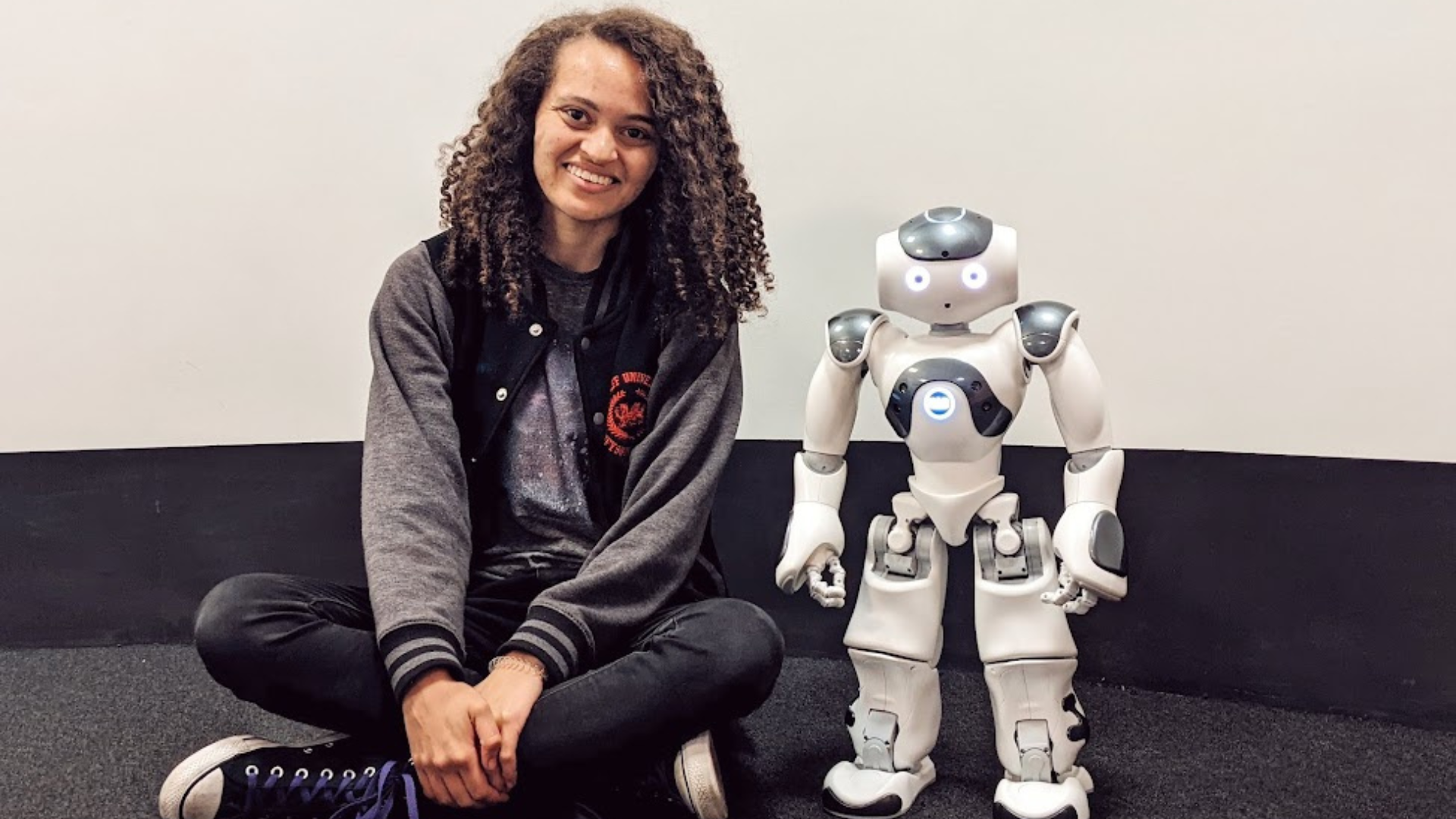A small humanoid robot is helping researchers explore how autistic and non-autistic children build connections through movement, rhythm, and timing – a phenomenon known as social synchrony.
The project is part of a PhD by Carly McGregor, 26, at Cardiff University’s School of Psychology. It’s co-supervised by developmental psychologist Dr Catherine Jones (director of the Wales Autism Research Centre), Dr Chris Wallbridge and Dr Elisabeth von dem Hagen. Working across disciplines, the team is using robotics to study social synchrony – the natural, often unconscious process of moving in time with another person.
“Social synchrony is how we time our movements with another person,” explains Dr Jones. “It’s all the nonverbal cues, the verbal cues… when you have a strong feeling of rapport and affiliation with another person, you are more synchronised with them. You are more in time.”
In daily life, this shows up in subtle ways – walking in step, nodding at the same pace, or finishing each other’s sentences. These moments of being “in sync” often reflect or reinforce social connection. But previous research has suggested that autistic people may show different patterns of synchrony than non-autistic people, particularly in interactions with others.
Read more:
- What Cardiff University’s Kazakhstan campus tell us about the state of British higher education
- This man wasn’t ready to say goodbye to his dead cat. So he resurrected him as an AI robot
- Christopher Eccleston: ‘TV is ignoring people with learning difficulties’
The Cardiff study set out to explore whether those patterns might shift when the interaction involves a robot instead of a human partner.






